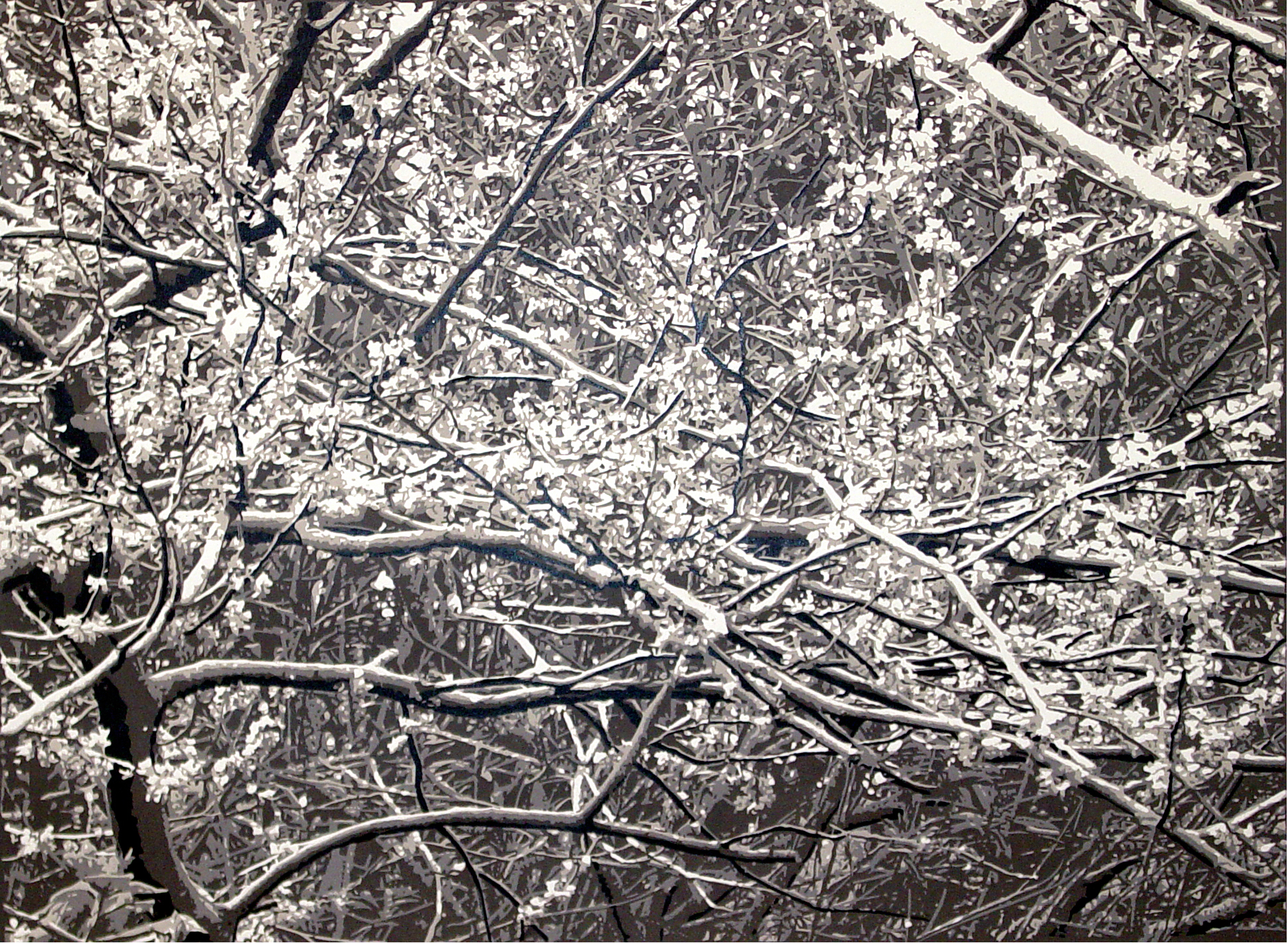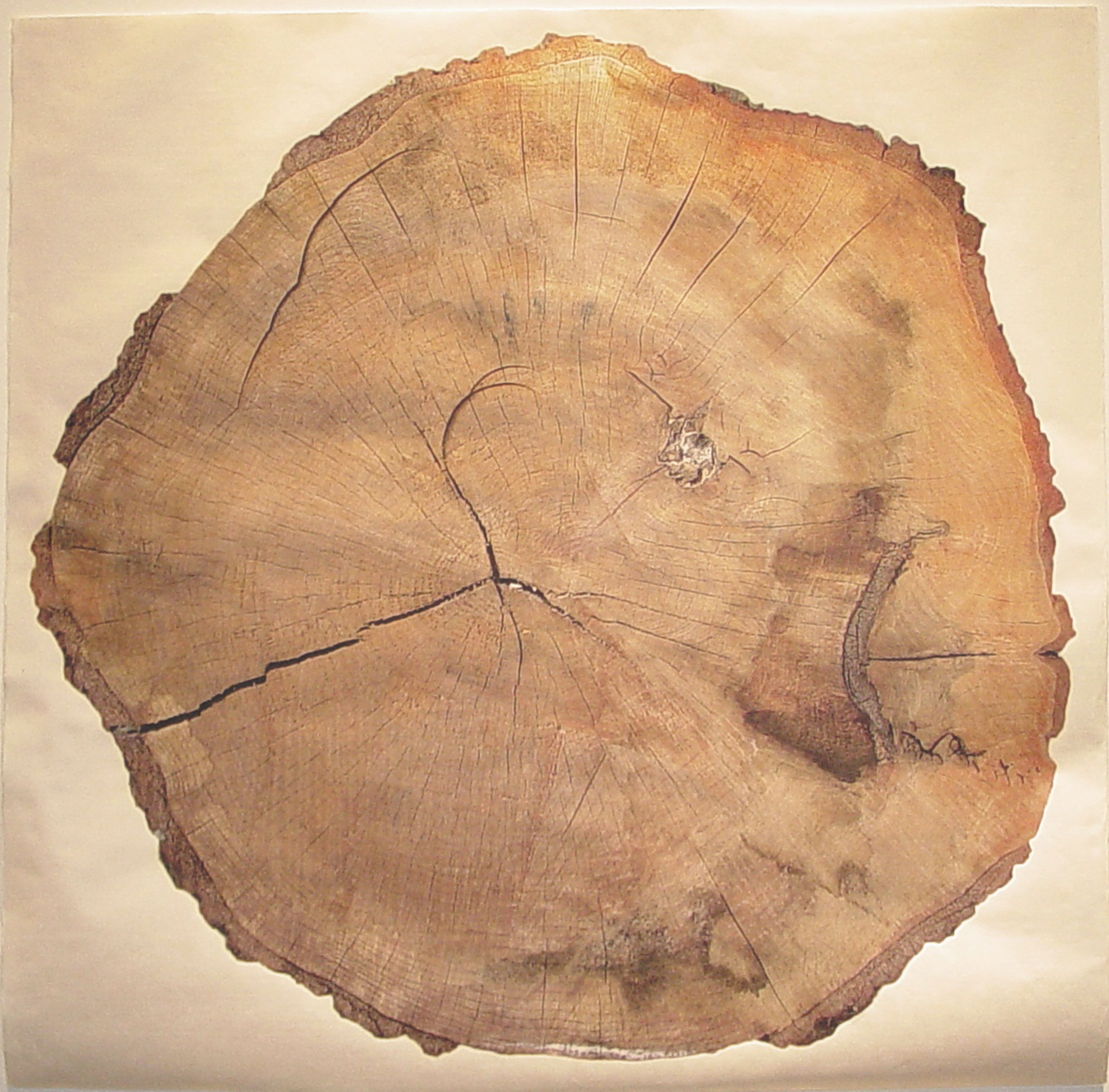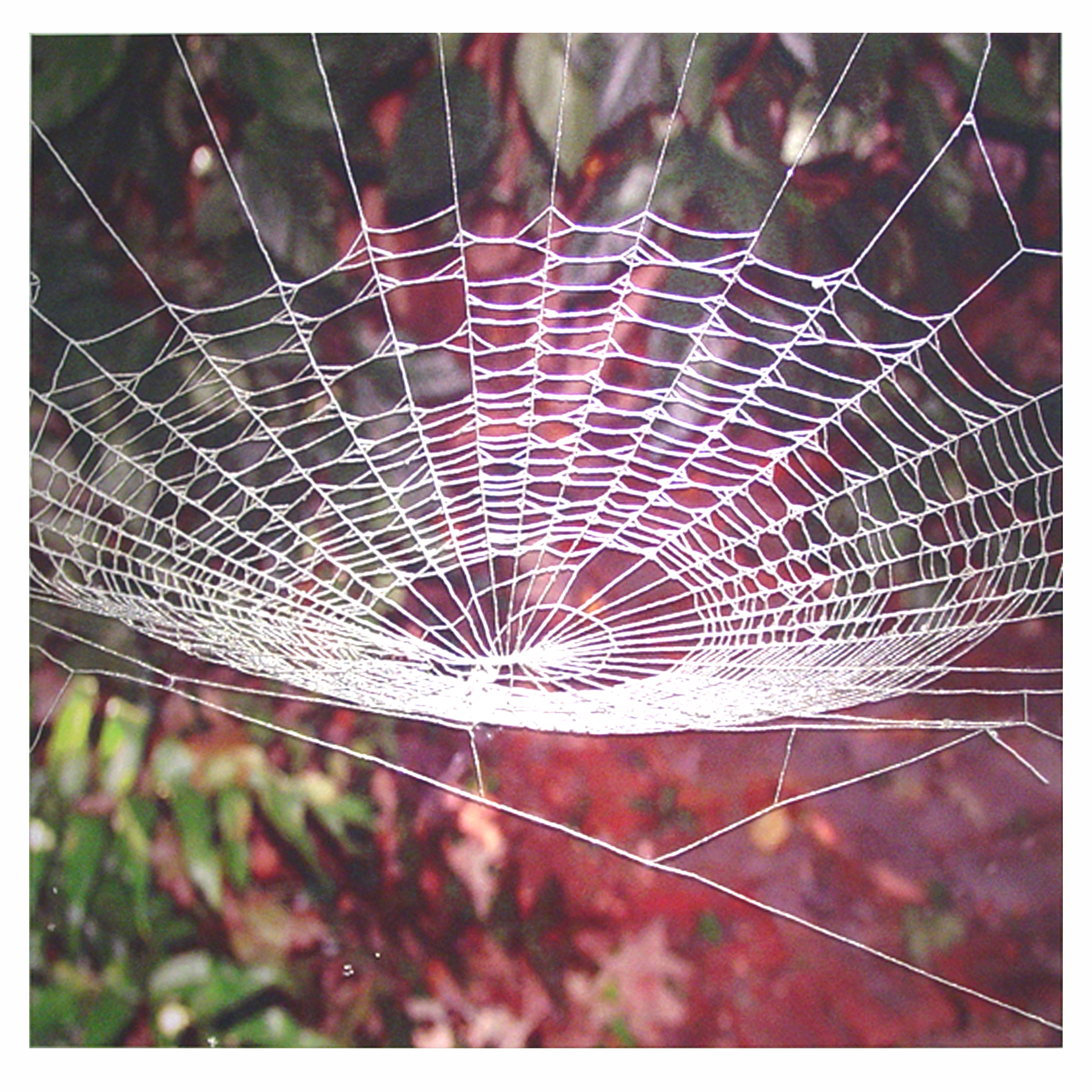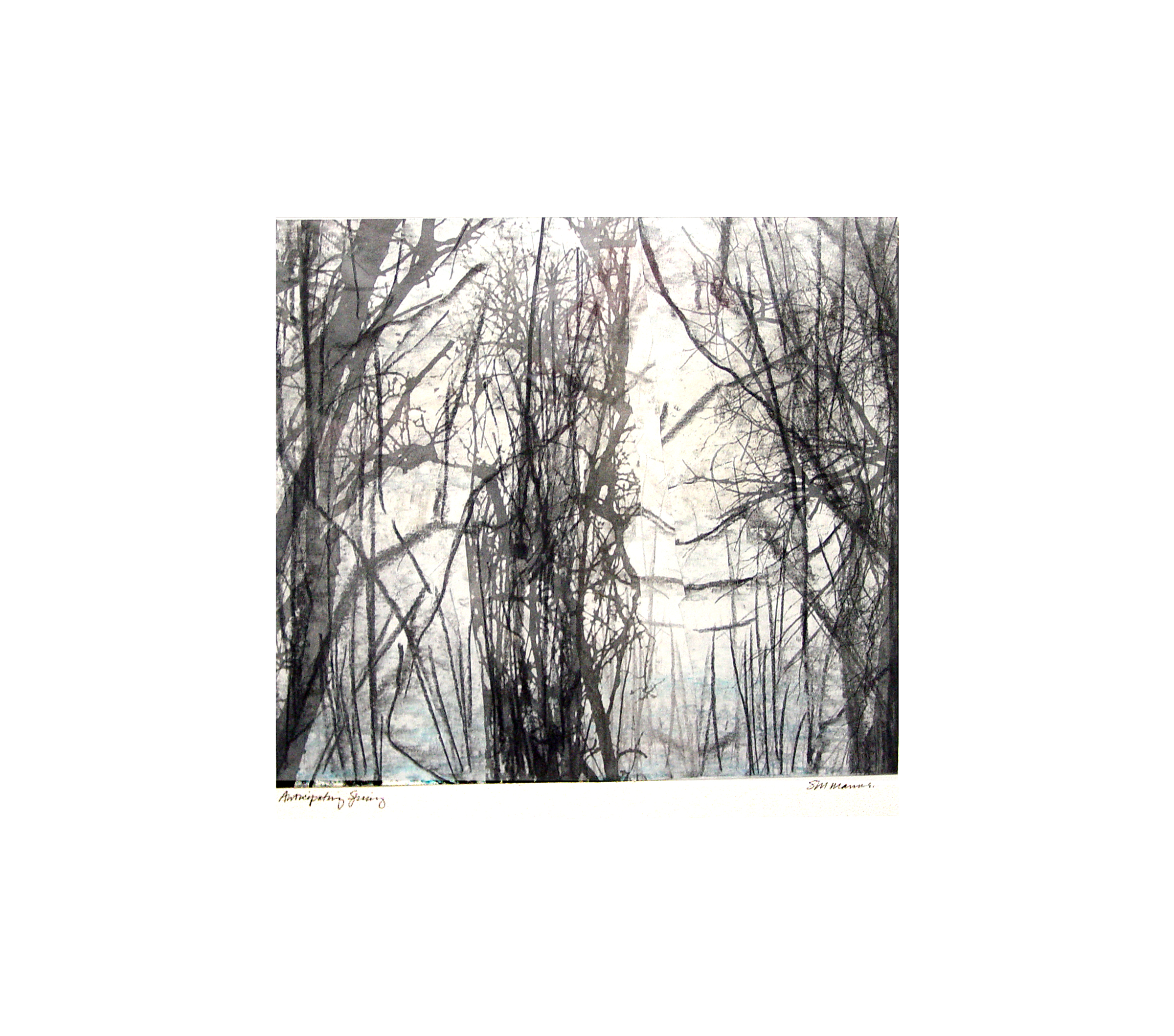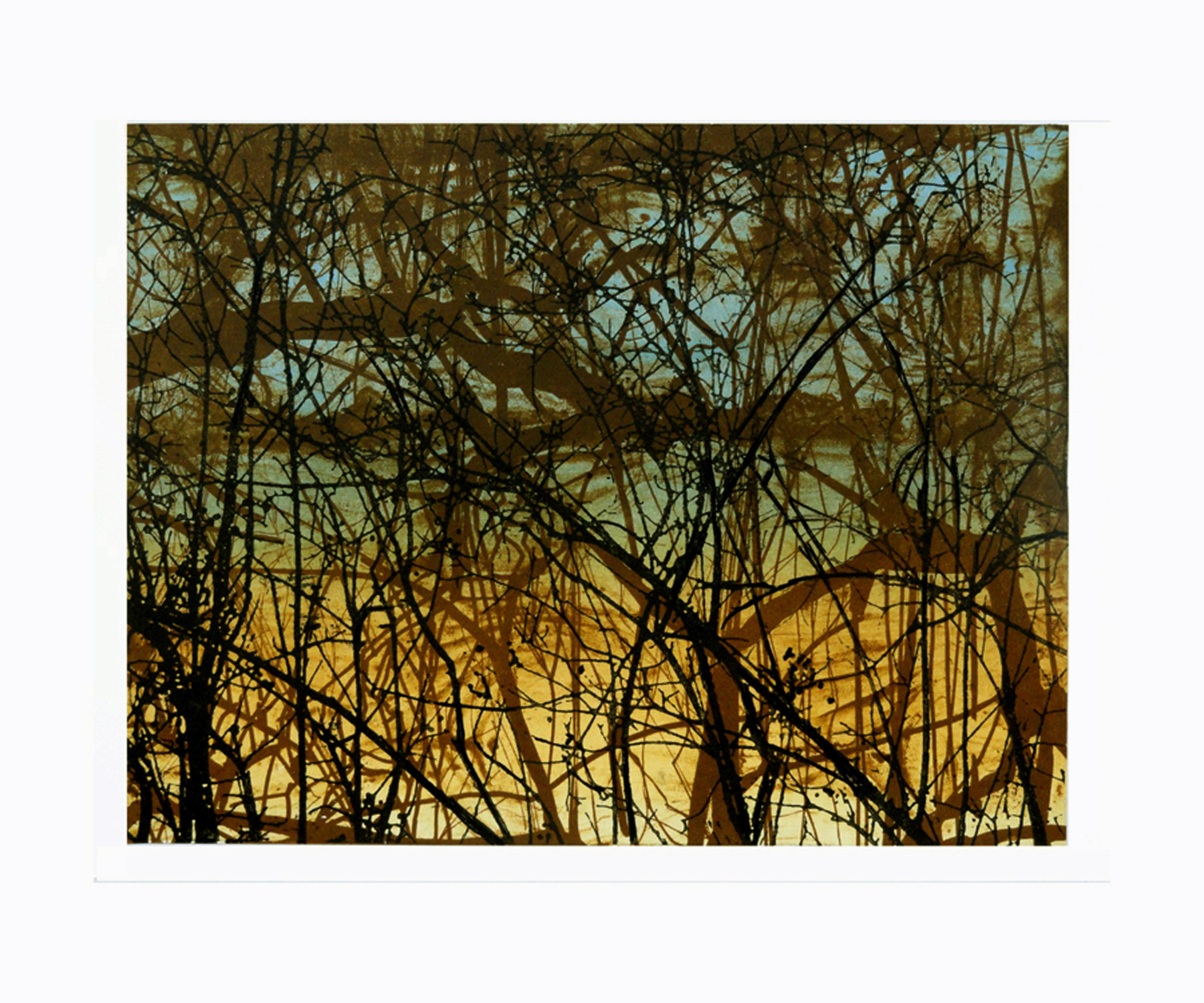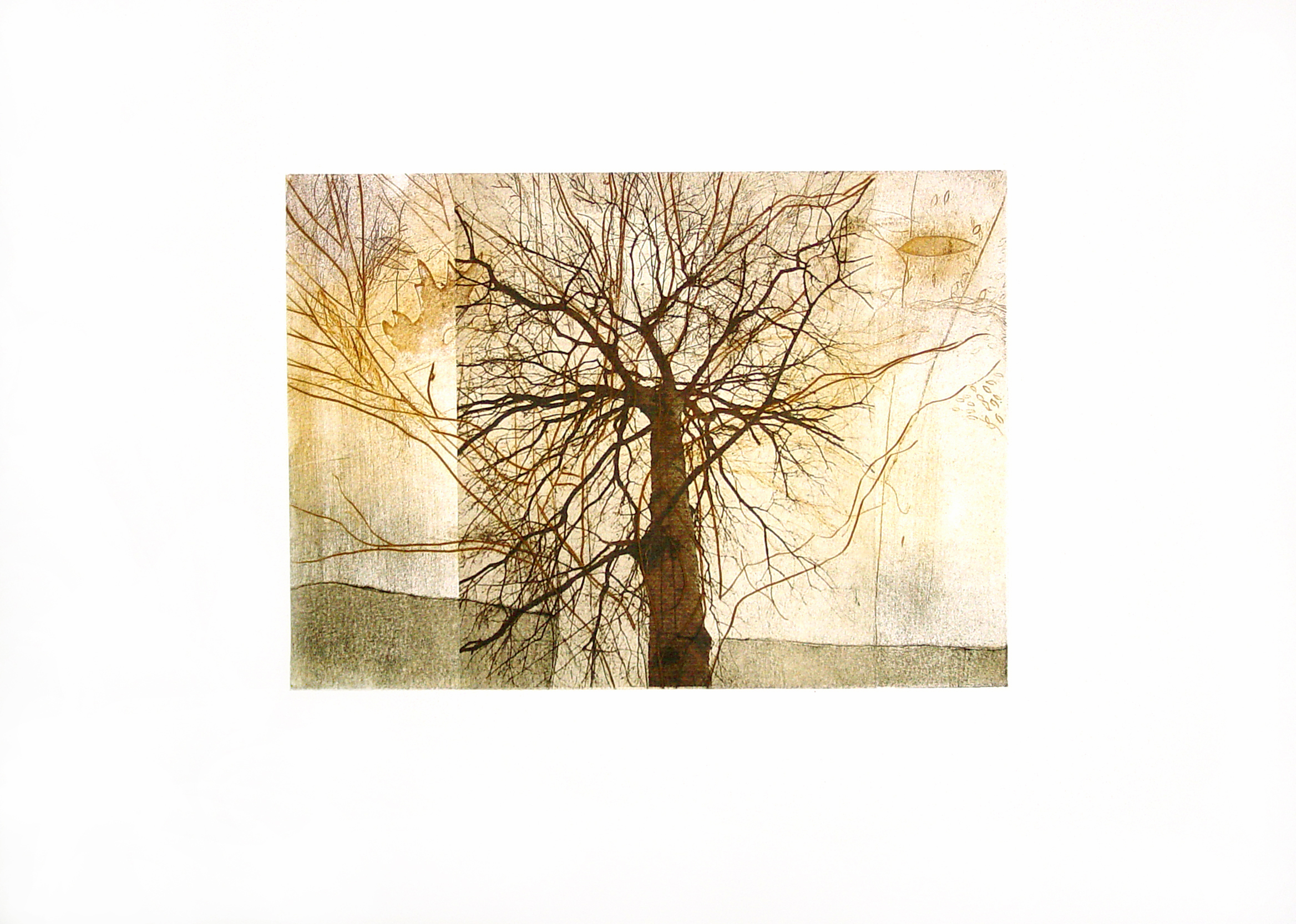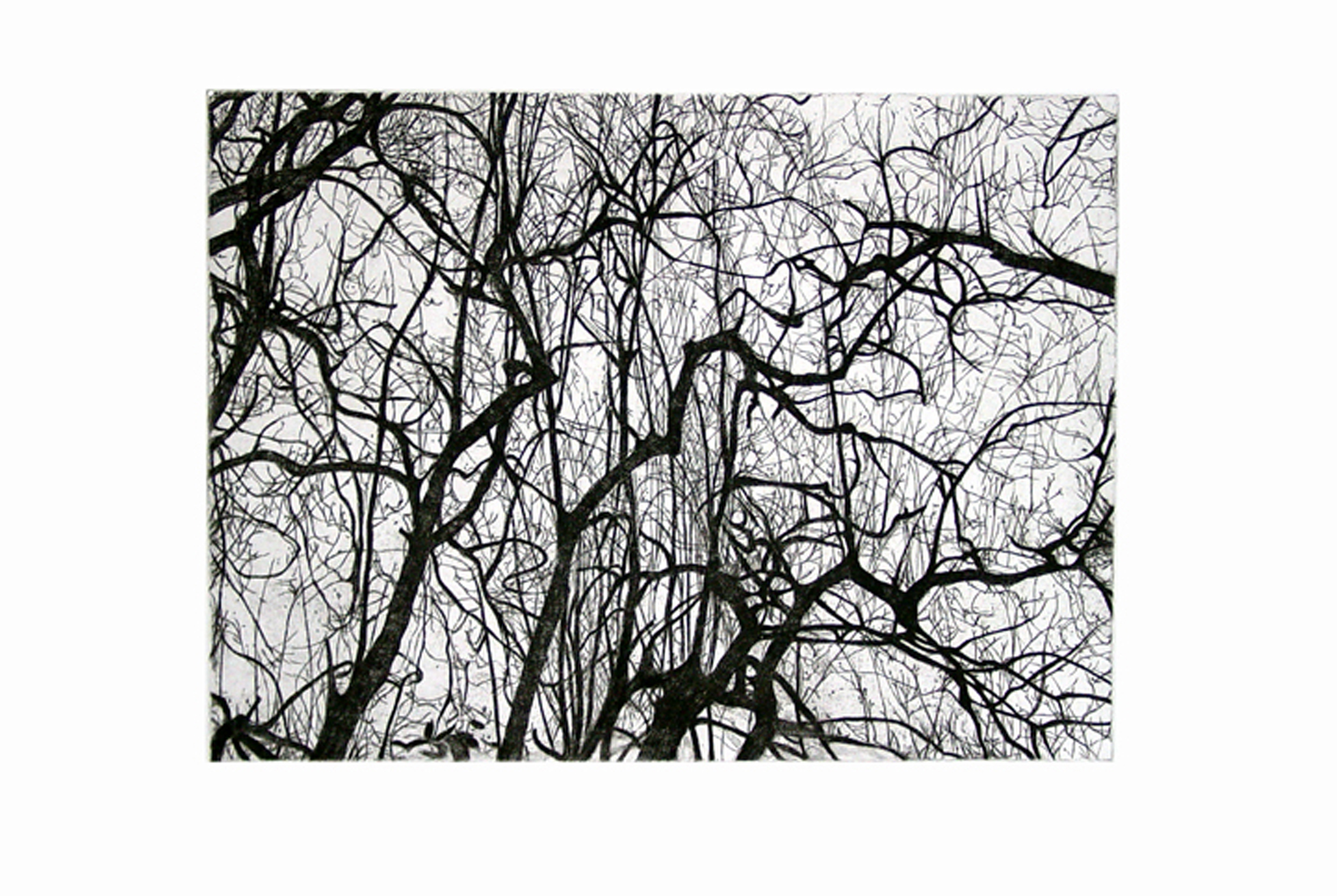Suzanne Manns
May 12 – June 9, 2018
Suzanne Manns
Architecture, Geometry and Eco Systems
Selected works from the seventies to the present
Opening Reception: Saturday, May 12, 2018, 6 – 8 pm
Artist Talk, May 26th at 4pm, reception from 3-5pm
Closing Reception: Saturday, June 9, 2018, 3 – 5 pm
Suzanne Manns came to Houston in 1973 and in 1975 she was asked to teach printmaking at what is now the Glassell School of Art, where she played a crucial role in acquainting many artists with the art of printmaking. She established a substantial printmaking department, upgrading both its facilities and teaching concepts. She soon became the Head of the Printmaking Department and eventually taught all levels of drawing as well in the Department of Drawing and Design.
Sometimes affectionately called “the godmother of printmaking in Houston”, she taught the classical printmaking genres like etching and lithography, while introducing innovative and experimental printing techniques such as viscosity printing, collagraphs, photopolymer or digitally generated images derived from photographs. Above all she was a consummate printmaker and passionate about prints and printmaking. She invigorated the appreciation of the print medium among generations of students, teaching the almost endless formal and technical possibilities in creating them.
She continues to teach as a member of the Glassell faculty, teaching students the finer points of drawing.
Suzanne Manns enjoyed a marquee education in intaglio and lithography, first at Carnegie-Mellon University in Pittsburg, then at the Rhode Island School of Design. She continued her formalist training in France, at the Atelier Garrigues and Atelier 17 in Paris where she met again with the printmaking guru Stanley Hayter, who had visited her and critiqued her work when he was a quest lecturer at Atelier Garrigues.
Traveling extensively throughout Europe her imagery captured the classical monuments and landscape patterns of countries like France, Switzerland or Italy. Three cities, in particular Berlin, Madrid and Venice were the subject of an urban series that wove together their often-dark history with the grandiosity of its architecture and the serenity of its parks and public gardens.
Eventually her cultivated garden in the Heights became an inspiration for much of her later work. She introduced flowers, plants or trees into her complex and technically challenging prints. These compositions with their natural cycles of growth, death and transformation referenced her own experience of loss and redemption. The degradation of nature, the continuous loss of natural habitat and especially trees due to catastrophic climatic events are a constant theme that permeates her work. Trees and natural landscapes have become iconic images in Suzanne Manns recent work that investigates nature as an eco system, fragile, yet enduring.
